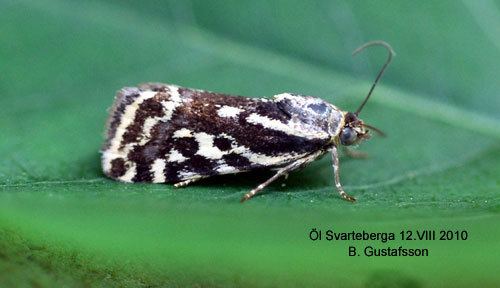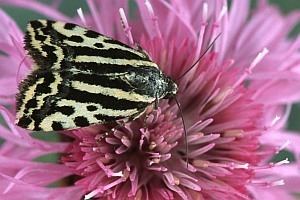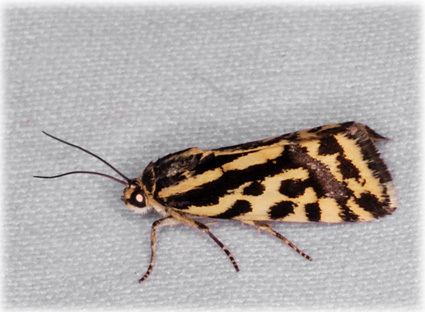Kingdom Animalia Phylum Arthropoda Order Butterflies and moths | Class Insecta Scientific name Emmelia trabealis Rank Species | |
 | ||
Similar Emmelia, Butterflies and moths, Acontia, Acontia lucida, Deltote deceptoria | ||
Emmelia trabealis gdoremi altervista org
The Emmelia trabealis, sometimes known as the Spotted Sulphur, is a species of moth of the family Noctuidae.
Contents
- Emmelia trabealis gdoremi altervista org
- Emmelia trabealis sv tlop ska svla cov
- Taxonomy
- Distribution
- Habitat
- Description
- Biology
- References
Emmelia trabealis sv tlop ska svla cov
Taxonomy
The species is sometimes placed in the genus Acontia and Emmelia is considered as a subgenus of Acontia.
Distribution

Spotted Sulphur can be found in most of Europe, in North Africa, the Middle East and Russia to northern China and Japan. It was formerly resident in Great Britain, but has not been seen at any known breeding colonies since 25 June 1960 and is presumed extinct there.
Habitat
This species prefers sandy soil, dry and warm areas, meadows and sunny slopes on which the bindweed occurs.
Description

The wingspan of Emmelia trabealis can reach 18–24 mm. The forewings show a very variable black drawings on a yellowish or dirty white background. The rear wings are reddish brown in color.

Eggs are green, elongated and cone-shaped, with a flattened base and distinct longitudinal ribs. Caterpillars are reddish to greenish brown, with dark dorsal lines and a yellow side band, the head is relatively small and brown. Cocoons are red-brown or green.
Biology

This species presents two overlapping generations a year, the second generation is generally missing in cool years. The moth flies from May to August depending on the location and then again from August to early September. The pupa overwinters. The larvae feed on field bindweed (Convolvulus arvensis) and Polygonum species.

